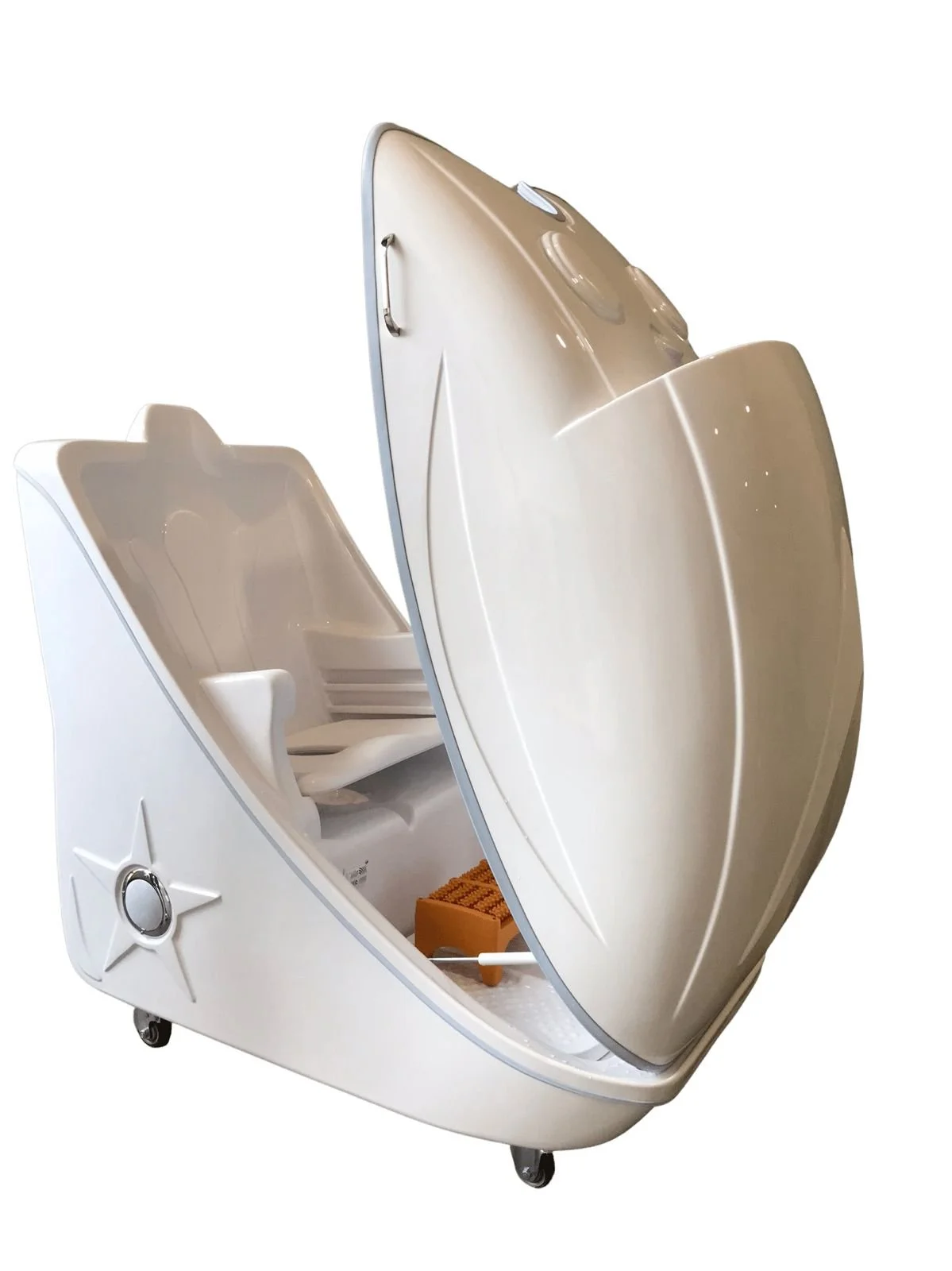Why a Calorie is not a Calorie......in the Context of the Human Body!
A Calorie is a unit of heat energy. One calorie is the amount of energy required to heat 1kg of water by 1 degree Celsius. So as an example, if you were placed in a bath that is filled with 50kg of water and the bath water temperature is 20 degrees Celsius, and your body temperature is 36.7 degrees, your body would expend 835 calories warming the bathwater up to your body temperature if those were the only two variables.
Now knowing that raw food only delivers 25-30 percent of the nutrition of cooked food, and sometimes even less, then why are we so obsessed with calories? We need to focus more on macronutrients, which is our protein to carbohydrate ratios. Fat is of less importance, as fat’s effect on the body is predicated on the amount of insulin secreted into the bloodstream. If one eats a baked potato with sour cream, then this is an ideal environment for fat storage, whereas a potato with a skinless chicken breast is unlikely to store much fat, especially if your insulin sensitivity is high.
Calorie’s only have context when you’re trying to incinerate the substrate in a furnace. The human body deals with different substrates very uniquely, proteins, carbs and fat are all dealt with in different ways, and insulin creates a rate-limiting environment. For example, Crocodilians and Ostriches amongst many other animals, eat stones, which are then kept in the gut and used to assist digestion. Some animals have incredibly lengthy intestines, and more than one stomach, especially if their food is fibrous in nature.
Digestion can be enzyme-driven or fermentation driven. You’ll find certain foods you eat cause more flatulence than others. If this occurs, then you know the process is fermentation driven, fermentation occurs because humans lack the necessary enzymes to digest these substrates. You’ll find this mostly with green cruciferous vegetables, certain beans, and legumes. You’ll also find individuals that eat these products complain more about IBS (Irritable Bowel Syndrome). Without a doubt, if you eat a lot of raw, non-nutritious food like Broccoli, Lettuce, and Cabbage, you’ll potentially lose weight, as these foods, aside from not being nutritious, have a low rate of utilization. Whereas animal sources, like Chicken and Beef, have concentrated nutrient values, which are easily accessible.
Vegetables don't grow here!
They would not exist if they didn’t contain every single nutrient necessary to make life sustainable for them. That’s why indigenous people like the Chukchi in the Siberian Tundra, can remain healthy with long lifespans on a Simple diet of Reindeer. And the same goes for Inuit’s in Greenland and Alaska, those diets in most cases are completely devoid of vegetables.
To Summarize:
You need sufficient carbohydrate to promote insulin secretion to maintain the integrity of your muscle tissue because if you lose muscle, your resting metabolic rate will drop. Therefore, the deficit you were trying to achieve to lose body fat will be negated. However, you don’t want that much insulin, that you decrease insulin sensitivity and promote fat storage. Lastly, you need sufficient protein to repair, and hopefully build some muscle, thus maintaining or increasing your metabolism. The truth is, your calorie intake is not about how much food/calories you ingest, but rather the amount of insulin you secrete. You can eat 5000 calories a day, but if you’re only secreting insulin for 1000 calories a day, then you’re only going to utilize some 1000 calories a day. The balance will be excreted. This can be seen in Type-1 Insulin dependent diabetics, if they don’t administer insulin, then they’re effectively starving to death.












